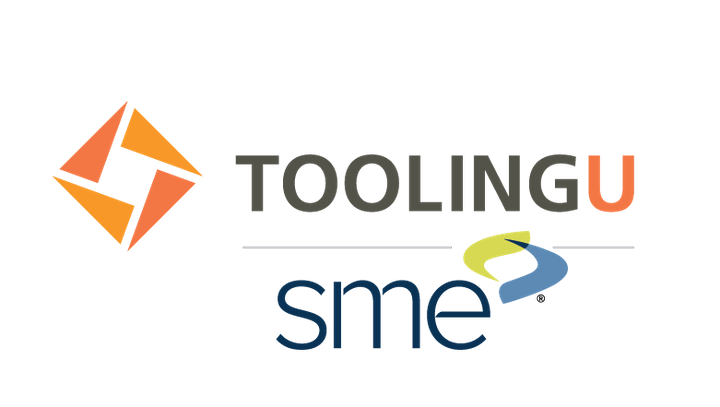Calibration should occur at regular intervals. Companies should have a written document that defines their calibration procedures. Calibration records and reports ensure that traceability is intact. This documentation proves that measurements are accurate. The required accuracy of the measuring instrument determines in-house or outside calibration. Without traceability, there is no way to ensure that a measurement made by an inspection device is accurate. Calibration and documentation reduce waste and increase part accuracy, which in turn increases customer satisfaction. After taking the class, users should be able to describe best practices for instrument and gage calibration, along with correct documentation of calibration efforts.
Course Objectives:
- Describe the need for calibration and documentation
- Describe the necessity of yearly R&R for all gages
- Describe proper measuring instrument storage
- Describe mastering
- Describe how to master a micrometer
- List the steps necessary to address inaccurate instruments
- Explain ISO certification and how it impacts calibration in the production environment
- Distinguish between the use of in-house and outside calibration
- Explain the necessity of proper documentation and control
- Identify the contents of a calibration report
- Explain the purpose of a calibration record
- Describe the purpose of an audit
- Describe how calibration affects cost.
Recommended Background
- Recommended for manufacturing personnel, particularly for the quality control and inspection department.
Course ID
TU042
Skill Focus
Intermediate
Instructor(s)
Tooling U - SME
Employee Type
New Applicants,1st level Supervisors, Operations teams, Leadership
Method of Delivery
Online
Estimated Effort
2.5 hrs
Cost
Contact for Price
Contact ToolingU for Course Program Details.
 Tooling U - SME
Tooling U - SME